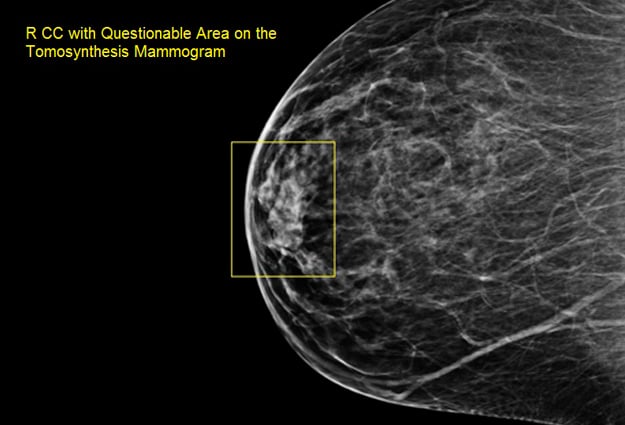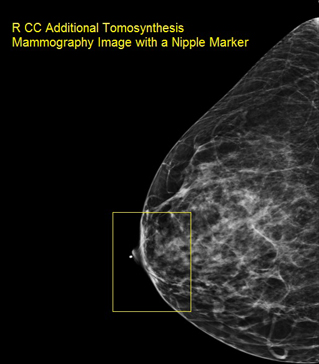

All women have been there or will be soon. That time of year that prompts you to rearrange the kids' drop off or pick up time, somehow figure out how you are going to take a full hour of personal time, and a morning that alerts you to make sure you remember to wear one of your "going out" bras. That's right, it's the day of your annual mammogram.
Some have heard the stories about how stepping inside the mammography suite can turn even the strongest woman into a complete, emotional wreck. It's no surprise why, as the facts can't be skirted no matter how hard you try to avoid hearing that almost 297,000 women will be diagnosed with some form of breast cancer in 2014.
Even scarier is that one out of every eight diagnosed will die from the disease.
What if somehow this anxiety could be alleviated, even if just a little bit? In fact, it can be.
My colleague experienced her first "scare" at the end of 2013. Just like many women, she went in for her yearly exam, and was even excited as it was her first time having a 3D Digital Breast Tomosynthesis mammogram. She heard the ever familiar "don't breathe, don't move" instructions from the technologist four times and the images were captured.
Only this time, it wasn't a matter of just moving on, there was something on the Right CC image that was questionable and required an additional image of the breast.
Her thoughts began racing.
"Are you serious?"
"Oh my god."
"There cannot be anything wrong."
"My son."
"I hope there is an explanation, the technologist told me not to worry."
"What if there isn't?"
"Ok, let's just do this."
"Hopefully it is nothing...there is no choice, it cannot be anything."
The technologist then placed a skin marker on her nipple to ensure that what was being seen behind her nipple wasn't something concerning, considering that some breast cancers are found behind the nipple.
The additional image was taken, this time with a nipple marker on. That image proved nothing suspicious was lurking in her breast, but rather the areola and nipple were imaging.
So those racing thoughts and additional radiation could have been avoided with the simple application of a nipple marker prior to the exam.
When a nipple rolls under it can mimic an area of concern. Section Head for Women's Imaging and Assistant Professor of Radiology at the University of Connecticut Health Center, Dr. Alex Merkulov, shares that having a nipple marker in place is the true, sure-fire way to obtain the best image for interpretation the first time.
So can a radiologist ever know without a shadow of a doubt that they are looking at the nipples if they aren't marked?
"Are you 100% certain, no, so you always have to do a second image unless the radiologist wants an element of risk," Merkulov said. "Bottom line, it is not 100% certain without a marker so the choice is to take time reviewing previous years and concluding with a small element of risk or do a second image."
Marking every nipple can prevent this situation.
My colleague's next mammogram is coming up and she is now truly an empowered patient because of her experience.
"I will definitely require that nipple markers are used," she said. "That to me is a 'safe guard' against the emotions and additional image I experienced last time."
Don't put yourself through what she went through. Use this story as your reason to become an empowered patient and take control over your exam. Ask for nipple markers at your next mammogram to help mitigate that possibility of risk. Less anxiety, less radiation, and less risk are three things you not only deserve as a patient, but are entitled to.
Knowledge is power - take control.

Sarah Gomes
Account Manager
